The Dornier Do 17 was the least numerous of the Luftwaffe bombers deployed against Britain during the Battle, but has been claimed by some to have been the most effectiveIn July 1937, Dornier therefore prepared a preseries Do 17 Z0 as a demonstrator for export customers It was given the civil registration DAAIV While this aircraft was essentially identical to the production Do 17Z, the Reichsluftfahrtministerium assigned the designation DoEntão não se esqueça de deixar aqui o seu like e de o partilhar com os seus amigos!
Sbs Model Dornier Do 17 Z In Finnish Service Decals Incoming 1 72 Aircraft News
Dornier do 117
Dornier do 117-More about Dornier Do 17 The Dornier Do 17page contains all related products, articles, books, walkarounds and plastic scale modeling projects dedicated to this aircraft This topic is categorised under Aircraft » Propeller » Dornier Do 17 BooksDornier Do 17 and Peter II of Yugoslavia




Dornier Do 17 Wikipedia Wolna Encyklopedia
The Dornier Do 17, sometimes referred to as the Fliegender Bleistift ("flying pencil"), is a light bomber of Nazi Germany during World War II It was produced by Claudius Dornier's company, Dornier Flugzeugwerke The aircraft was designed as a Schnellbomber ("fast bomber"), a light bomber which, in theory, would be so fast that itJohn challingsworth, email, 1706 why can i not find books about the Dornier 17 I have only the profile No 164 of the Do 17 but it is the only specific book on the aircraft reply Carmel John Attard, email, 0927The Dornier Do 17 was one of the main Luftwaffe weapons during the period of German Blitzkrieg victories during 1939 and 1940 Like many early Luftwaffe aircraft it had originally been developed as a civilian aircraft, in this case as a high speed passenger and mail plane for Lufthansa
All related products in 148 » More about Dornier Do 17 The Dornier Do 17page contains all related products, articles, books, walkarounds and plastic scale modeling projects dedicated to this aircraft This topic is categorised under Aircraft » Propeller » Dornier Do 17 BooksDuring the Blitz in 1940, a German Dornier 17 bomber was shot down over the English Channel near Kent Now, some 73 years later, it has been brought up from its watery grave It's considered the Dornier 17 Often referred to as the Fliegender Bleistift (Flying Pencil) because of it's long narrow fuselage, the Do 17 first flew on the 23 November 1934 The type was designed by Claudius Dornier's Dornier Flugzeugwerke company with the aim of meeting a specification issued by the Ordinance Department (Heereswaffenamt) in 1932
2/NJG 2 R4LK 1940 World War 2 RLM22 RLM02 RLM23;Dornier Do 17 Variants The Radial Variants The Radial Variants Despite its success, owing to shortages in the supply of the DaimlerBenz engine, the production Do 17M was fitted with the Bramo 323 engine, with the corresponding reconnaissance aircraft, the Do 17P, being powered by BMW 132Ns to give better rangeThe Dornier Do 17, is a twinengined light bomber produced by Dornier Flugzeugwerke for the German Luftwaffe during World War IIDesigned in the early 1930s as a Schnellbomber ("fast bomber") intended to be fast enough to outrun opposing aircraft, the lightly built craft had a twin tail and "shoulder wing"Sometimes referred to as the Fliegender Bleistift ("flying pencil"), it was




Dornier Do215b 5 Njg2 Model Do Sklejania Hasegawa




File Dornier Flugboot Libelle Im Deutschen Museum Jpg Wikimedia Commons
The Dornier Do 17, sometimes referred to as the Fliegender Bleistift ("flying pencil"), was a light German Luftwaffe bomber used during World War II The aircraft was designed as a Schnellbomber ("fast bomber"), a light bomber which, in theory, would be so fast that it could outrun defending fighter aircraft Dornier Do 17 After decades submerged in the English Channel, the only known surviving WWII German Dornier Do 17 bomber has hopes for being rescued, British officials announced this past weekend The Dornier Do 17, sometimes referred to as the Fliegender Bleistift ("flying pencil"), was a World War II German light bomber produced by Claudius Dornier's company, Dornier Flugzeugwerke It was designed as a Schnellbomber ("fast bomber"), a light bomber which, in theory, would be so fast that it could outrun defending fighter aircraft



Dornier Niska Cena Na Allegro Pl




Dornier Do 217 Wikipedia Wolna Encyklopedia
Dornier Do 17 oli Saksan ilmavoimien toisessa maailmansodassa käyttämä Dornierin suunnittelema ja valmistama keskiraskas pommikonemalli Do 17 rakennettiin puhtaasti pommikoneeksi, vaikkakin aluksi sitä esiteltiin julkisesti siviilikoneena Ennen sotaa Do 17 menestyi muun muassa DB601A moottorein varustetun MV1mallin DAELEn voittaessa Alppien ympärilentokilpailun, jossa seDornier Do 17 Z & Do 217 E ESCI 172 38 1975 New tool Multitopic (3) Books Dornier Do 217 Units of World War 2 Combat Aircraft Nr 139 Chris Goss 21 Dornier Do 215 Aircraft » Propeller 1939–1944 Projects Tintin Voir et Savoir Dornier DODornier Do17E/F Modelarum No13 Bilek 99Mb Luftwaffe Bomber Camouflage & Markings 1940 Heinkel He111, Junkers Ju, Dornier Do17 Aircam Aviation Series Special NoS10 92Mb Doriner Do17 The Yugoslav story Jeroplan Books 276Mb "Paper Aviation" website has models of this aircraft (you can download them now)




Dornier Do 17 Units Of World War 2 Combat Aircraft Book 129 Ebook Goss Chris Davey Chris Amazon Co Uk Books



1
6 September 1923 – 3 November 1970) was the last King of Yugoslavia, and the last reigning member of the Karađorđević dynasty which came to prominence in the early 19th century New!!Description Designed both as a military and civil aircraft, the Dornier Do 17 'Flying Pencil', so called because of its slender fuselage, was one of three twinengined medium bombers in service with the Luftwaffe at the start of the Second World War Its service with the Legion Condor during the Spanish Civil War, mainly in theDornier Do 17 with accurate bombing from 100 feet or 100 feet Simulating the Dornier Do17 raids on "The Hardest Day" 18 August 1940 (RAF Kenley) and the "Battle Of Britain Day" 15 September 1940 (Battersea Railway Station) but using the power station yard as a target so as not to drop bombs on people or modern day infrastructure This Do17 is an update, with permission,



1



Q Tbn And9gcssqdwh Dvaadm Srfxljyuimx7uk9swfrqon1uhnwfkqfcljhj Usqp Cau
The Dornier Do 17 was a mediumclass bomber fielded primarily by the German Luftwaffe in the years leading up to World War 2 The aircraft saw extensive action in the early phases of the war and played a major role in the falls of Holland, Belgium and France As of 19, the Goodwin Sands Dornier Do 17 has still to reveal its true identity The Dornier Do 17 first made an appearance as a military aircraft in the Spanish Civil War in both the bomber and reconnaissance roles At the start of World War II, it formed, together with the Heinkel He 111, the backbone of the German bomber arm over PolandThe Dornier Do 17 was the first truly modern medium bomber to see service with the Luftwaffe Its sleek fuselage design led to it being nicknamed the "Flying Pencil" During the 1930s, early versions played an essential role in developing tactics, especially over




1 72 Dornier 17 Ka 2 Vse Pro Modelare Art Scale



2848 Ml Knil Cockpit Dornier Do 24t 3 X 24 Matthijs Van Wageningen S Photo Gallery
Dornier Do17 photo gallery Click on thumbnail images to enlarge German medium bomber Do17 cockpit interior Dornier Do17 E of KG77 Mokre Poland 1939 Dornier Do 17 Z crashed just off the runway, France 1940 Dornier Do 17 P Stavanger Sola Norway Dornier Do17 and Luftwaffe soldier Cockpit of German night fighter Do 17 Z7 from 2/NJG 2The Dornier Do 217 was a bomber used by the German Luftwaffe during World War II as a more powerful development of the Dornier Do 17, known as theThe Dornier Do 17, sometimes referred to as the Bleistift ("pencil") by its pilots, was a World War II light bomber produced by Dornier that was used for a short time by the Luftwaffe It quickly became outdated, and was removed from frontline service as
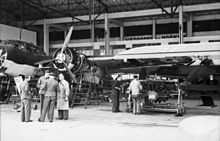



Dornier Do 17 Wikipedia




Plastic Model Kit Scale 1 72 Airfix Heinkel 117 Greif New In Open Box
The first model in the Dornier Do 17 series was the Dornier Do 17E1 This model had dual BMW Bramo Engines capable of propelling the bomber at a maximum speed of up to 4264 km/h Armament consisted of two 79mm MGs mounted in defensive positions and up to 997 kg of ordnance The type was later developed into the similar Dornier Do 215The Dornier Do 17 was a mediumclass bomber first used by the German Condor Legion during the Spanish Civil War During the early phases of World War 2, it wThe Dornier Do 17, sometimes referred to as the Fliegender Bleistift ("flying pencil"), was a World War II German light bomber produced by Claudius Dornier's company, Dornier FlugzeugwerkeIt was designed as a Schnellbomber ("fast bomber"), a light bomber which, in theory, would be so fast that it could outrun defending fighter aircraft The Dornier was designed with two engines



Model 1 72 Revell Dornier Do 17 Z 10 Kauz Oficjalne Archiwum Allegro




Dornier Do 17 Wikipedia
The Dornier Do 17, sometimes referred to as the Fliegender Bleistift ("flying pencil"), was a World War II German light bomber produced by Claudius Dornier 's company, Dornier Flugzeugwerke It was designed as a Schnellbomber ("fast bomber"), a light bomber which, in theory, would be so fast that it could outrun defending fighter aircraft The Dornier was designed with two enginesThe Dornier Do 17 page contains all related products, articles, books, walkarounds and plastic scale modeling projects dedicated to this aircraft This topic is categorised under Aircraft » Propeller » Dornier Do 17Dornier Do 17 » Propeller (Aircraft) Markings Dornier Do 17 Dornier Do 17Z10 Wehrmacht Luftwaffe (German Air Force ) PKDH 1940 World War 2 RLM71 RLM70 RLM65 RLM02 RLM23;



Sbs Model Dornier Do 17 Z In Finnish Service Decals Incoming 1 72 Aircraft News




Vq Fab Vq Fab Dornier A Libelle Ii 117 At Flugwerft Schl Flickr
Airfix Dornier Do 17 Z representing the aircraft flown by the Staffelkapitän of 9/KG76 which took part in the illfated raid on RAF Kenley on 18 August 1940, built by 'Stew Dapple' F1DT ended its operational history this day with a crashlanding at Leaves Green, near Biggin Hill, in Kent, having been damaged over Kenley by AA fire andThe Do 17's baptism of fire came during the Spanish Civil War(1936–39), where it outpaced most enemy fighters and performed well The Spanish nicknamed the Dornier the Bacalao("Codfish") In early 1937, mass production began on the Do 17E and Do 17F seriesBox contents Plastic sprue, Decalsheet (waterslide)




Dornier Flugzeugwerke Wikiwand




Icm 1 72 Dornier Do 215b 4 Wwii German Reconnaissance Plane Sklep Modelarski Exito
The Dornier 17 was operational for barely more than a year and was present in far fewer numbers that its Heinkel and Junkers rivals, but its role in the first year of the war demands its recognitionDornier worked on a version of the Do 17M with the all round vision cockpit of the Do 17Z and a fuselage having a large bomb bay capable of holding a maximum of two 500 kilograms (1,100 lb) and ten 50 kilograms (110 lb) bombsDornier Do 17 and Oslo Airport, Gardermoen See more » Peter II of Yugoslavia Peter II (Petar/Петар;



Ledwoch Dornier Do 217 J N Militaria 35 Oficjalne Archiwum Allegro




Aircraft Vq Fab 1930 Dornier A Libelle Ii C N 117 Photo By Ingo Warnecke Photo Id Ac
The Dornier Do 17, sometimes referred to as the Fliegender Bleistift (German "flying pencil"), was a World War II German light bomber produced by Claudius Dornier's company, Dornier FlugzeugwerkeIt was designed as a Schnellbomber ("fast bomber"), a light bomber which, in theory, would be so fast that it could outrun defending fighter aircraft The Dornier wasINTRODUCTION Yugoslav aviators flew various versions of Dornier Do 17 medium bomber for more than a decade within five different Air Forces and in area that swept from African Desert to Northern Russia The same type of aircraft was extensively used by Axis Air Forces from the first to the last day of the Second World War in YugoslaviaThe original design (the Do 17 V1) configuration in 1932 had sported a single vertical stabilizer, and Dornier continued developing that model The Do 17 was first demonstrated in mockup form in April 1933 The "special equipment" was to be fitted later, to disguise its offensive role In April 1934, the Dornier works at Manzell began project




Dornier Do X Download Free 3d Model By Yakudami Yakudami 456ac75




Dornier Do 17 Wikipedia
Short presentation of the German Do 17 bomber as it appears in the IL2 Cliffs of Dover flight simulatorProduced by Tinus le RouxMusic by Andrey LyubimovThe Dornier Do 11 was a German heavy bomber, developed in secret in the early 1930sIt was originally called the Dornier F before being renamed by the Reichsluftfahrtministerium (RLM) in 1933, and was considered a heavy bomber at the time It came into service in 1932, a continuation of a line of bomber designs from the Dornier Do P in 1930, and the Dornier Do Y in 1931The Dornier Do 17 was a German light bomber used by the Luftwaffe during the early campaigns of the Second World War It was designed by Dornier Flugzeugwerke in the early 1930s as a highspeed passenger and mail plane for Deutsche Lufthansa



Dornier Do A Libelle Specifications Technical Data Description




Icm Dornier Do 17 Z 2 Camo Schemes 1 72 Aircraft News
Dornier Do 17 (přezdívaný pro svůj protažený a tenký trup tužka nebo létající tužka) byl celokovový německý bombardovací a průzkumný letoun, který během bleskové války tvořil základ bombardovacího letectva Luftwaffe Byl navržen začátkem 30 let podle konceptu RLM na "Schnellbomber" (rychlý bombardér), který měl být teoreticky dostatečně rychlý na to, aby Author Chris Goss takes us through a wellwritten and wellresearched history of the units that operated the Dornier Do17 bomber in World War II The book starts with a short explanation of the development of the Do17 from a transport plane into a military plane during the formative years of the Luftwaffe The type served in the Spanish Civil



Wings Palette Dornier Do 27 Germany West Frg
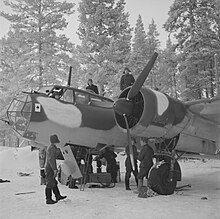



Dornier Do 17 Wikipedia




Art Scale Kit Vse Pro Modelare Vse Pro Modelare Art Scale




D Imob Dornier Do 28g92 Skyservant Private Dennis Kotzian Jetphotos




Do A Libelle W Nr 117 Dscn7011 Dornier Libelle Flying Flickr




Dornier 17 Wreck Crew Still In British Field Youtube




1 72 Dornier 17 E Vse Pro Modelare Art Scale




Dornier Do 17 Wikipedia



1




Dornier Do 117 軍用機 飛行機 航空機




Model Kartonowy Fly Model 010 Dornier Do 217n




Print Scale Dornier Do 217 Decals 1 72 Aircraft News




Dornier Do 17 Bomber Il 2 Cliffs Of Dover Youtube




Aircraft Vq Fab 1930 Dornier A Libelle Ii C N 117 Photo By Ingo Warnecke Photo Id Ac




Dornier Do 12 Wikiwand




Revell Dornier Do17z 10 Kauz Full Video Build Night Fighter Youtube




Hk Models 01e09 1 32 Dornier Do 335 A Pfeil Trainer Sklep Modelarski Exito




1 72 Dornier 17 E Vse Pro Modelare Art Scale



Dornier Do 17 M P 1 48 Plus Kalki Kup Teraz Za 215 00 Zl Torun Allegro Lokalnie




Boulton Paul Defiant Mk 1 Dornier Do17z Dogfight Doubles Gift Set Model Do Sklejania Airfix




Revell Dornier Do 17z 10 Gxp5096 Ceny I Opinie Ceneo Pl
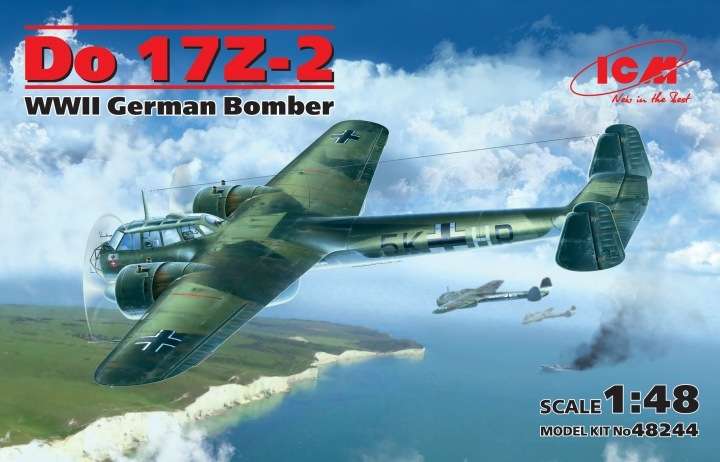



Niemiecki Bombowiec Dornier Do17z2 Modeledo Pl
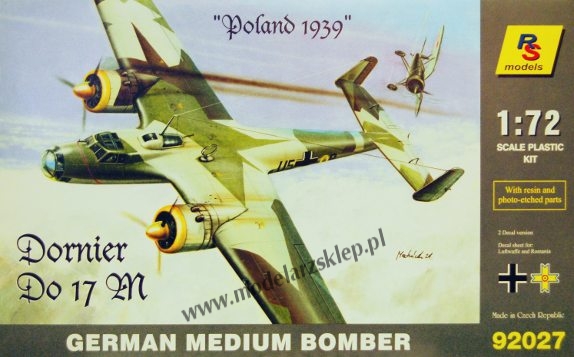



Rs Models 927 Dornier Do 17 M Poland 1939
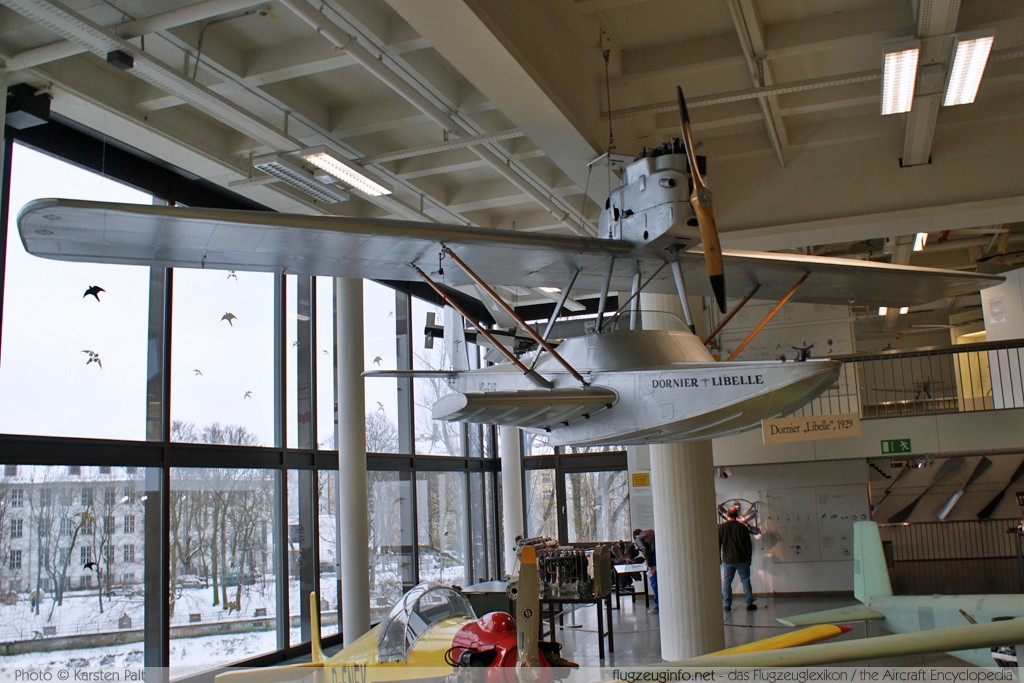



Dornier Do A Libelle Ii Private Registrierung 117 Seriennummer Vq Fab Copyright Karsten Palt Foto Id 3126 Flugzeuginfo Net




Hk Models 01e09 1 32 Dornier Do 335 A Pfeil Trainer Sklep Modelarski Exito




Aircraft Vq Fab 1930 Dornier A Libelle Ii C N 117 Photo By Mark Pasqualino Photo Id Ac
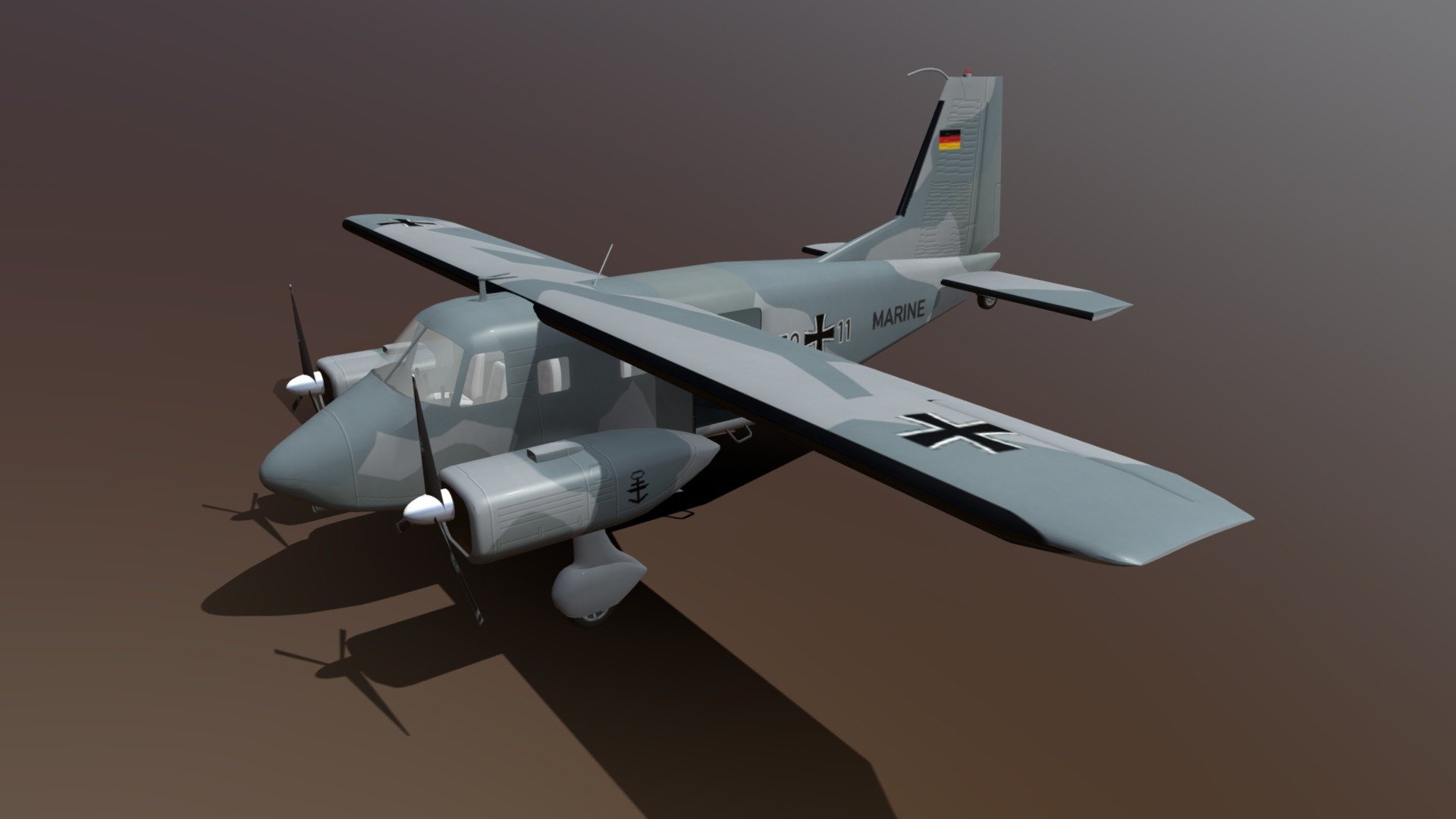



Dornier Do 28 Skyservant Download Free 3d Model By Helijah Helijah F1698a0




Dornier Do 28d 1 Skyservant Turkey Air Force Aviation Photo Airliners Net




Aviation News Magazine 10 Raaf Do24k Dornier Do228 Scale Plans F 117 Pa 28 Ebay
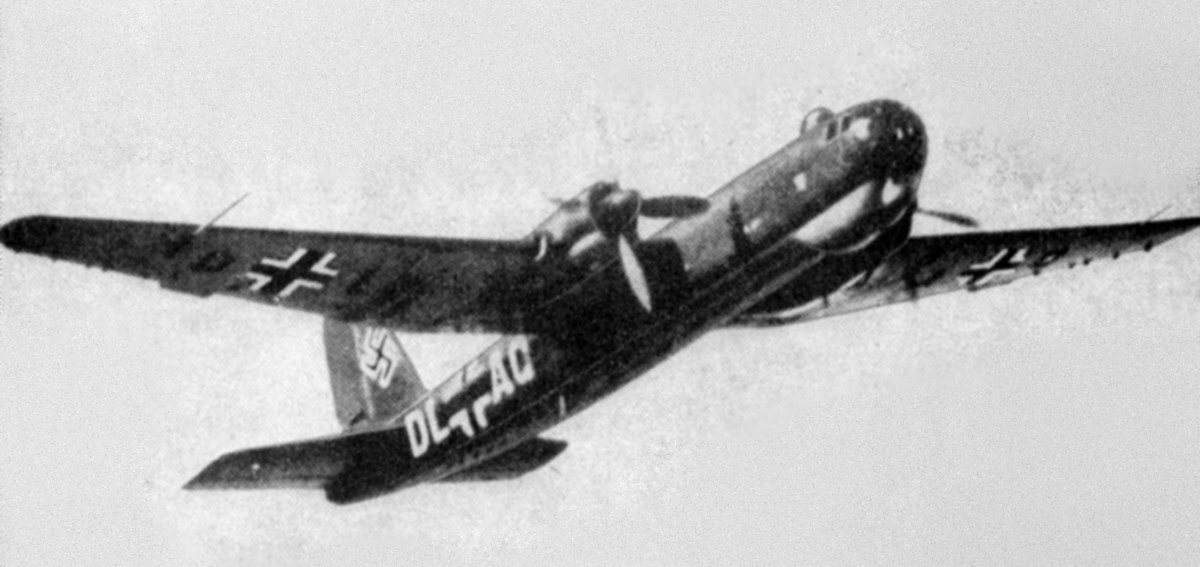



Heinkel He 177 Greif Wikipedia




Hk Models 01e09 1 32 Dornier Do 335 A Pfeil Trainer Sklep Modelarski Exito
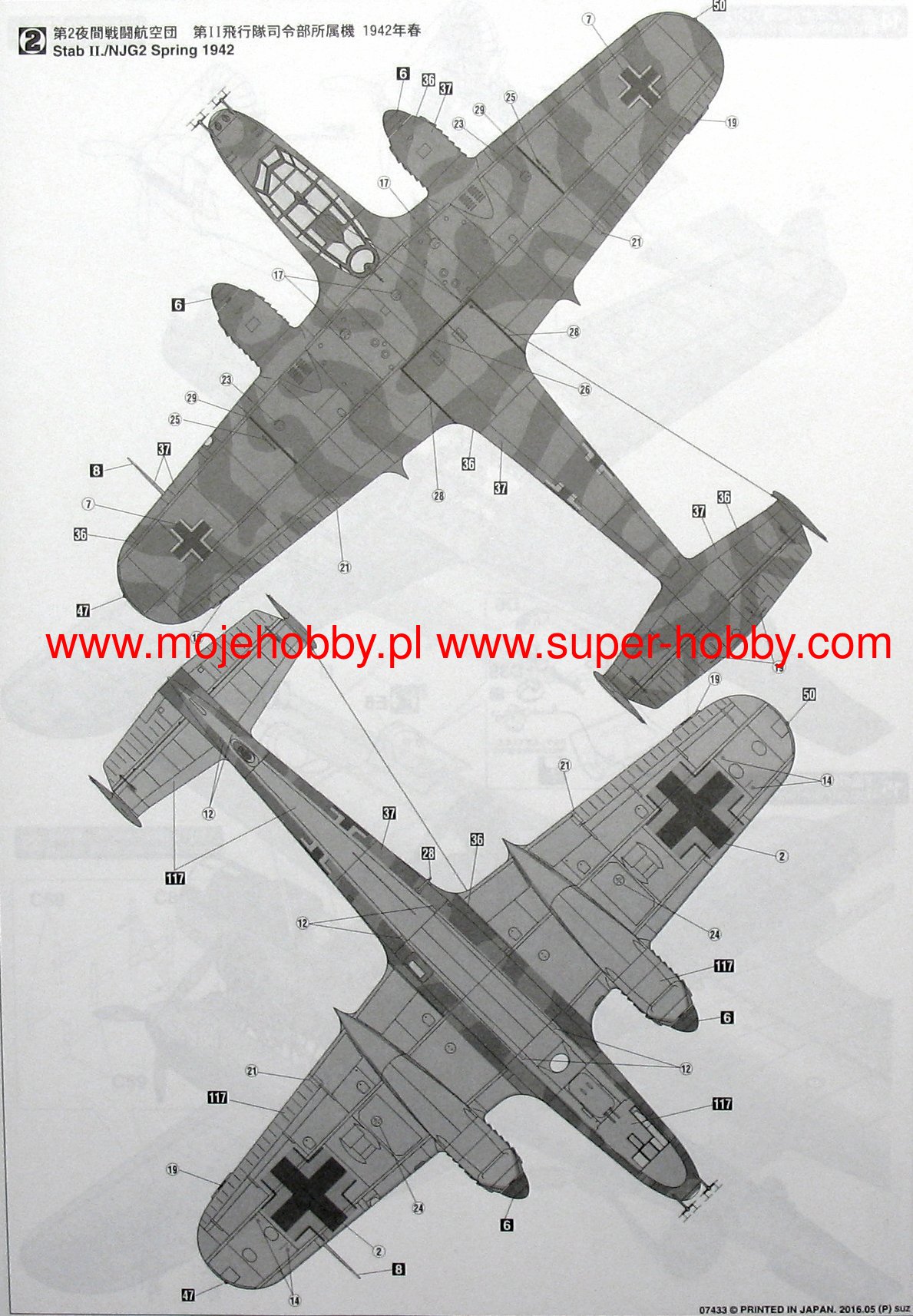



Dornier Do215b 5 Njg2 Model Do Sklejania Hasegawa




German Bomber Dornier Do 17k Model Do Sklejania Rs Models 930




Dornier Do 17 Wikipedia




Dornier Do 215 Wikipedia




Dornier Do 17 Wikipedia




Revell Dornier Do 17z 10 Gxp5096 Ceny I Opinie Ceneo Pl




Revell Dornier Do215 B5 Nightfighter Ceny I Opinie Ceneo Pl
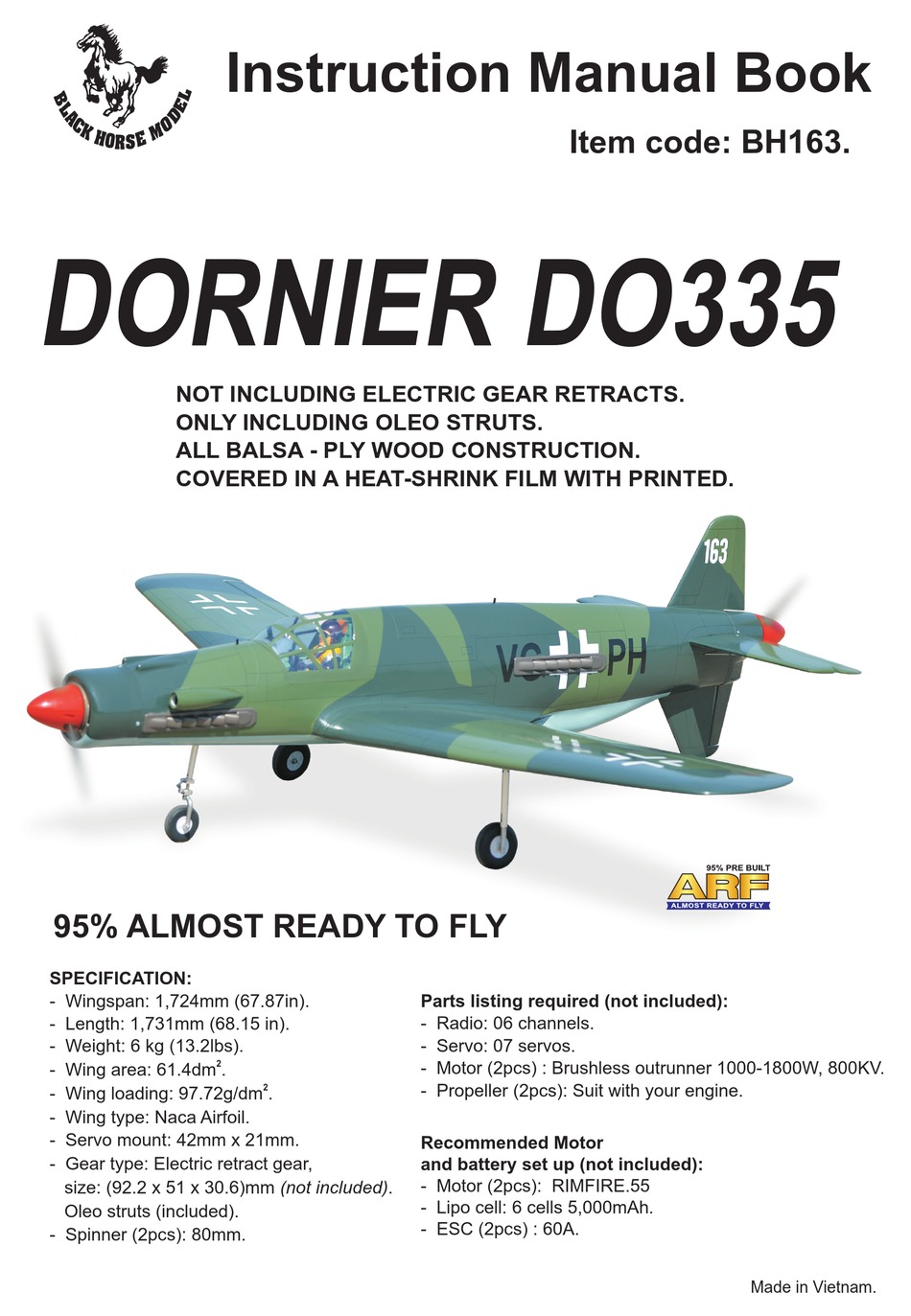



Black Horse Model Dornier Do335 Instruction Manual Pdf Download Manualslib




Dornier S Ray007 Posts Facebook



Model Do Sklejania Revell Zestaw Dornier Do17z 10 Allegro Pl
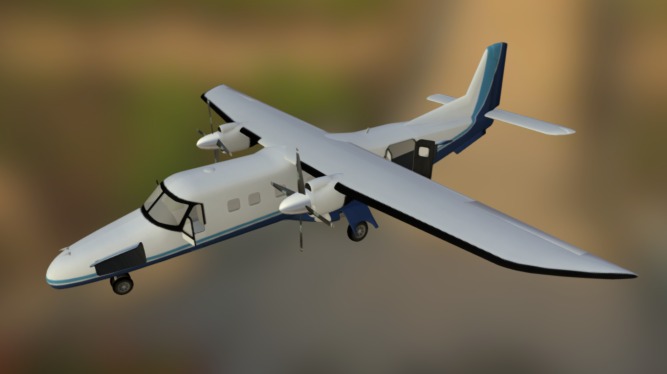



Dornier Do 228 Download Free 3d Model By Helijah Helijah F24b42d



Wings Palette Dornier Do 27 Germany West Frg




Dornier Do 17 Wikipedia Wolna Encyklopedia



Wings Palette Dornier Do 217 Do 317 Germany Nazi
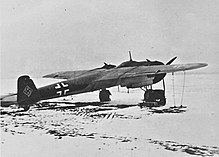



Dornier Do 17 Wikipedia
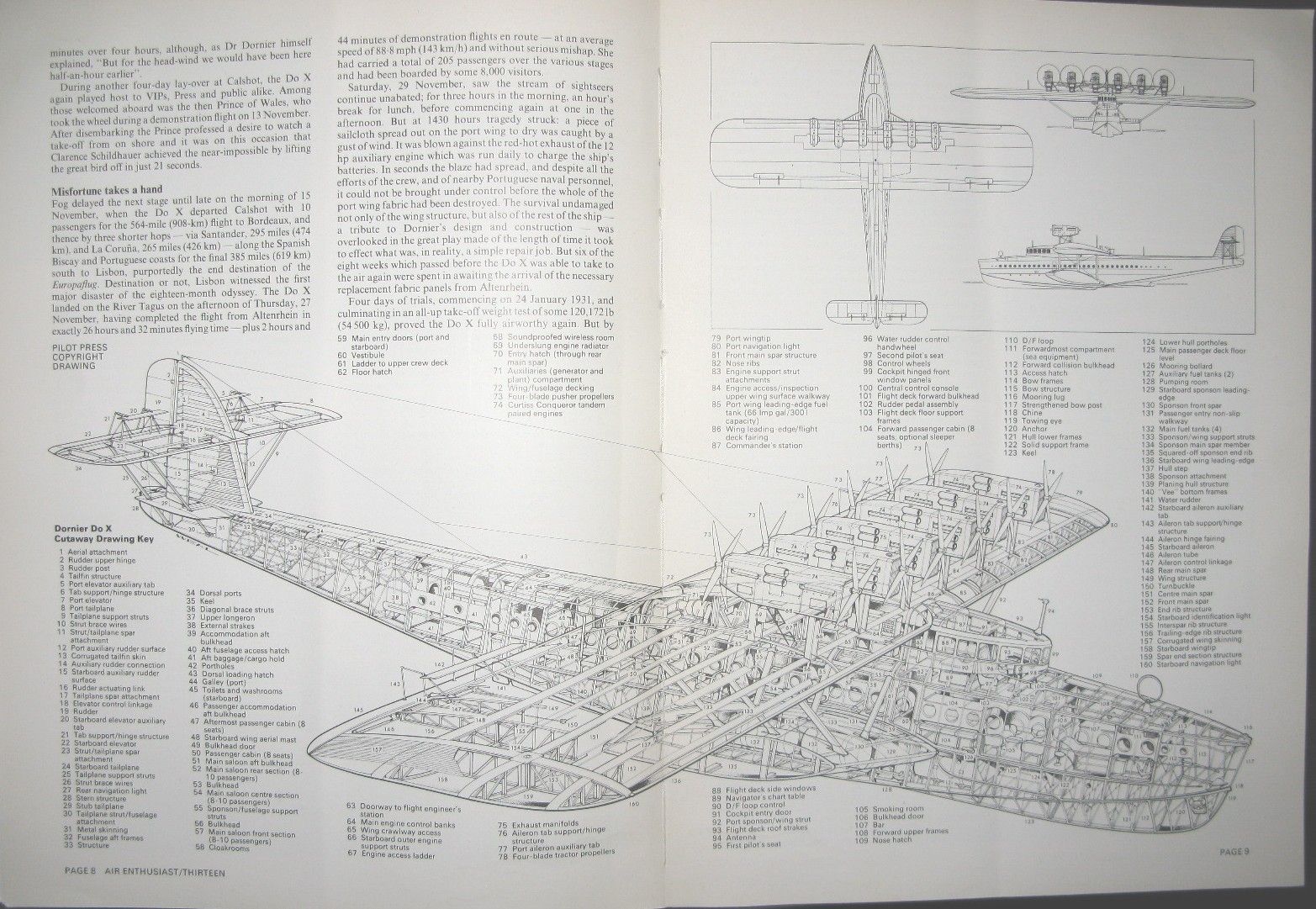



Dornier Do X Aircraft Of World War Ii Ww2aircraft Net Forums




Dornier Do335 Pfeil Model Do Sklejania Revell




1 72 Dornier 17 P Vse Pro Modelare Art Scale
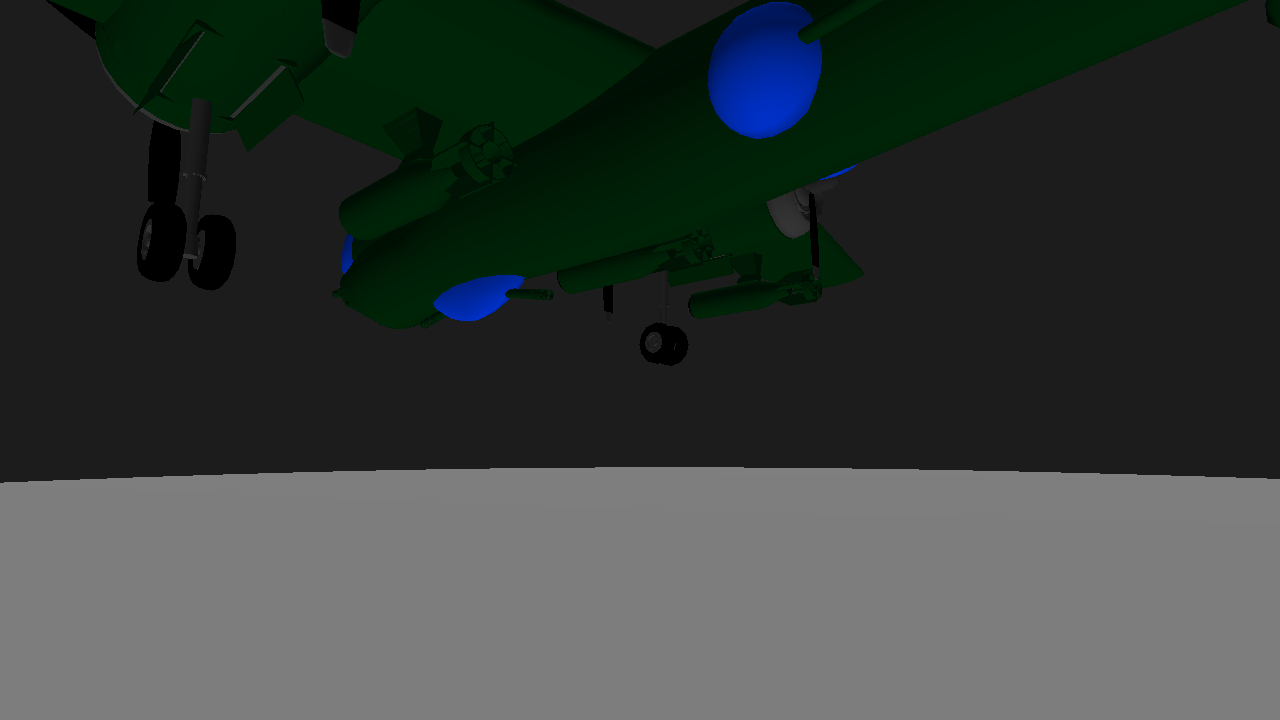



Simpleplanes Dornier Do 117 X




File Seair Dornier Do 328 Jpg Wikimedia Commons




Dornier Do 335 Pfeil Download Free 3d Model By Helijah Helijah 9bdqbnk
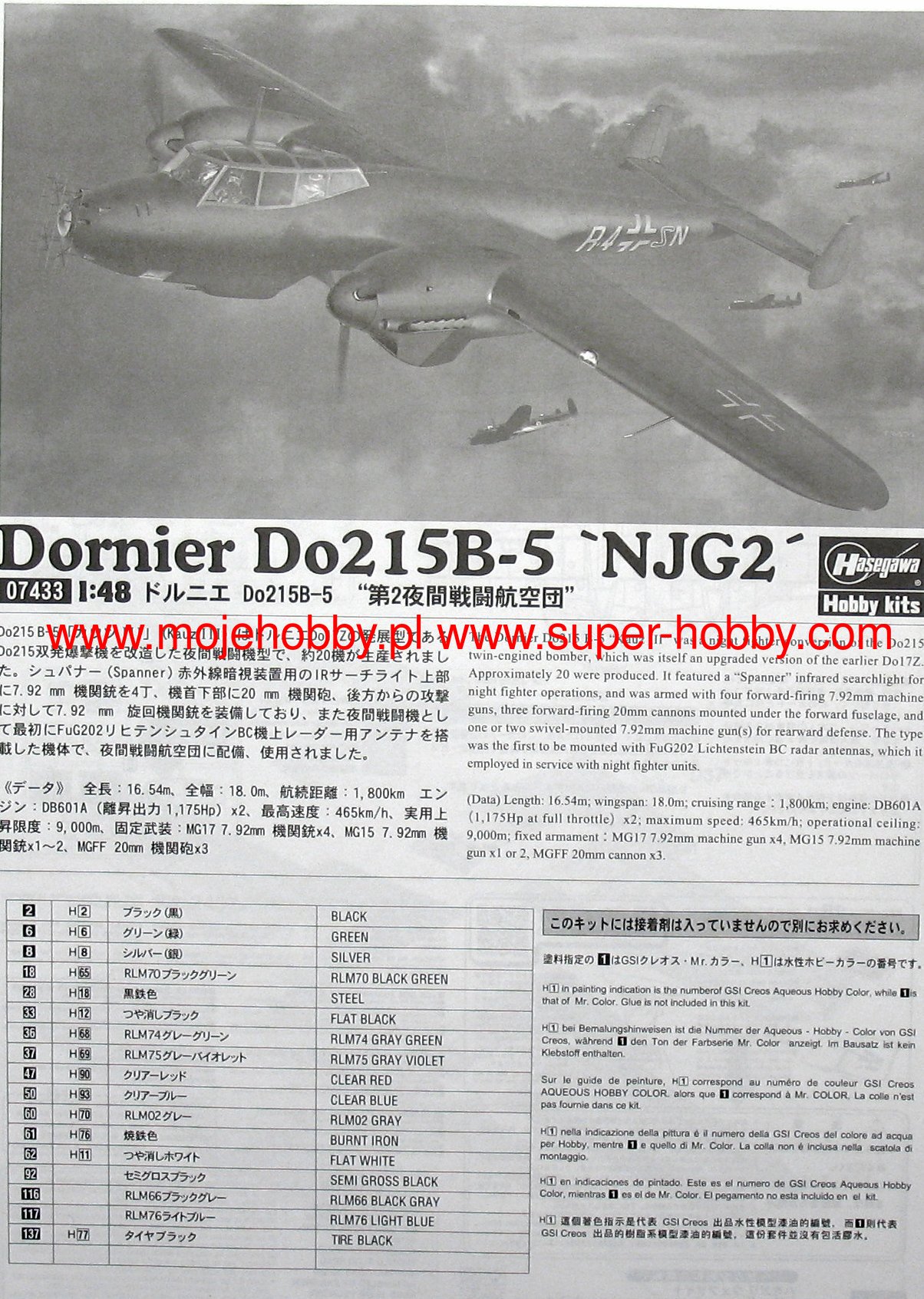



Dornier Do215b 5 Njg2 Model Do Sklejania Hasegawa



Dornier Do 17 Z Samoloty Helikoptery Modele Skala 1 72 Allegro Pl Wiecej Niz Aukcje
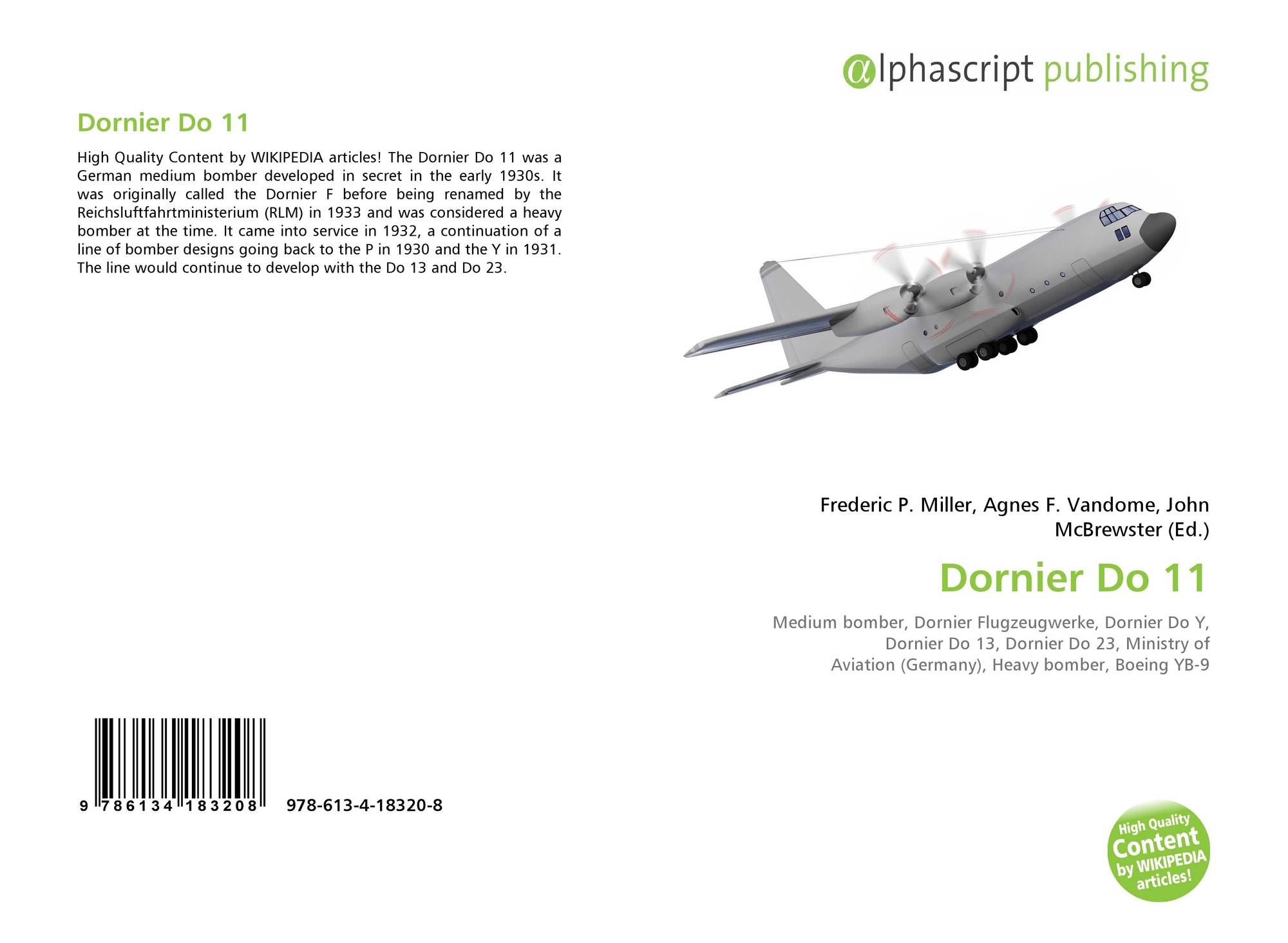



Dornier Do 11 978 613 4 1 8




Dornier Do X Download Free 3d Model By Yakudami Yakudami 456ac75




Take Off 2 Desert Storm Usaf F 117 Stealth Fighter Dornier Do X Flying Boat Ebay




Dornier Do 335 A1 Pfeil Art Board Print By Ah Aviation Art Redbubble
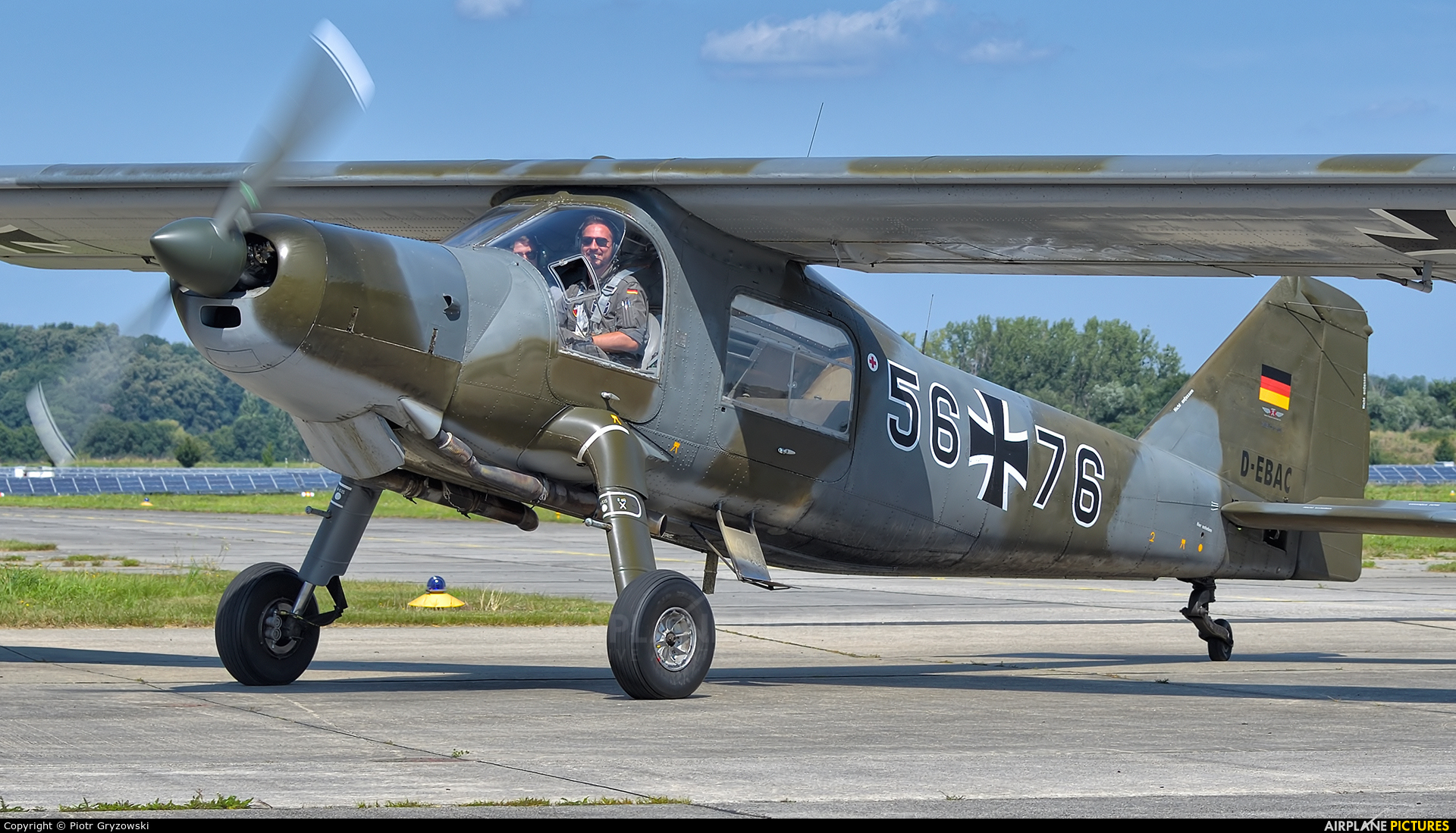



D Ebac Private Dornier Do 27 At Bautzen Photo Id Airplane Pictures Net




Dornier Do 117 Flying Pencil And A Soviet Mig




1 72 Dornier 17 Ka 3 Vse Pro Modelare Art Scale



Historia Samolotu Ilustracje Samoprzylepne Kaw Kup Teraz Za 14 90 Zl Krakow Allegro Lokalnie
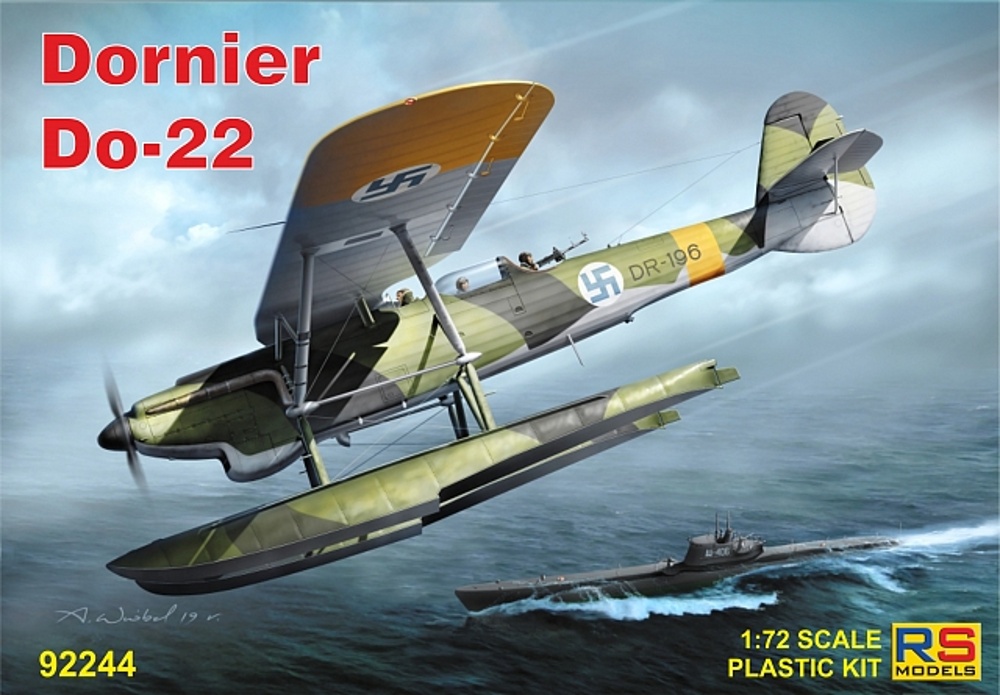



1 72 Dornier Do 22 Vse Pro Modelare Art Scale




Monografie Lotnicze 67 Dornier Do 335 Pfeil Polish Edition Rys Marek Amazon Com Books




Dornier Do 17z Vs Boulton Paul Defiant Mk 1 Ipms Usa Reviews



Dornier Do 17 Z Luftwaffe 7 Kg 3 5k Ar England 1940 1 72 By Corgi Diecast Aviation 306 At Www Diecastairplane Com



Wings Palette Dornier Do 335 Pfeil France



Revell Model Do Sklejania Dornier Do 17 Z 10 Kauz Oficjalne Archiwum Allegro



Model 1 72 Revell Dornier Do 17 Z 10 Kauz Oficjalne Archiwum Allegro




Pin On Planes Dornier Do 17 215 217
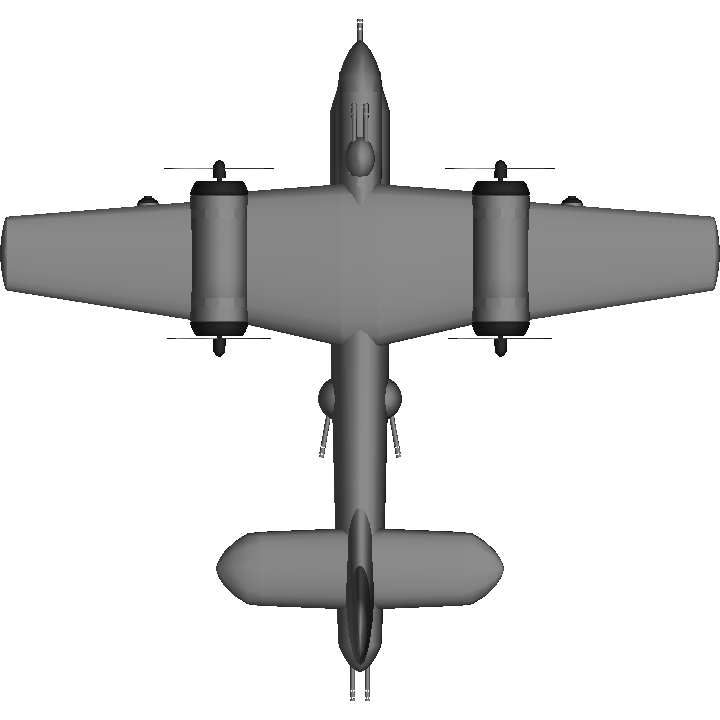



Simpleplanes Dornier Do 117 X




Aircraft Vq Fab 1930 Dornier A Libelle Ii C N 117 Photo By Robert Roggeman Photo Id Ac




Mars Models Dornier Do 23 Testbuild 1 72 Aircraft News
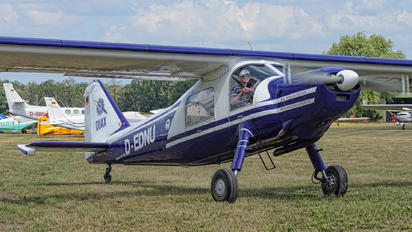



Dornier Do 27 Photos Airplane Pictures Net




Dornier Do 17 Wikipedia




Dornier A Libelle Ll Vq Fab Cn 117 1929 A Photo On Flickriver



Modelimex Online Shop 1 48 Decals Dornier Do 17e Croatian Af Your Favourite Model Shop




Simpleplanes Dornier Do 117 X




Icm 1 72 Dornier Do 215b 4 Wwii German Reconnaissance Plane Sklep Modelarski Exito




Vintage Revell Dornier Do 217 K1 1 72 H For Sale Online Ebay



0 件のコメント:
コメントを投稿